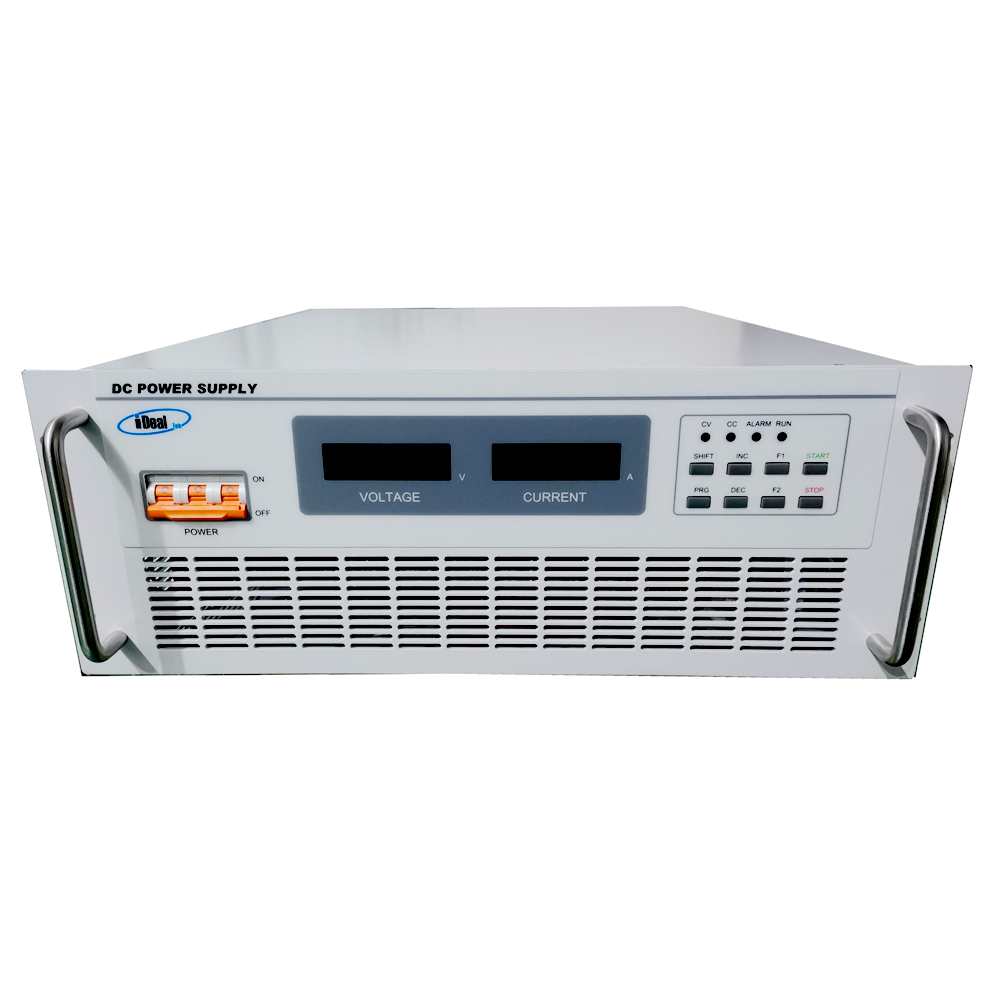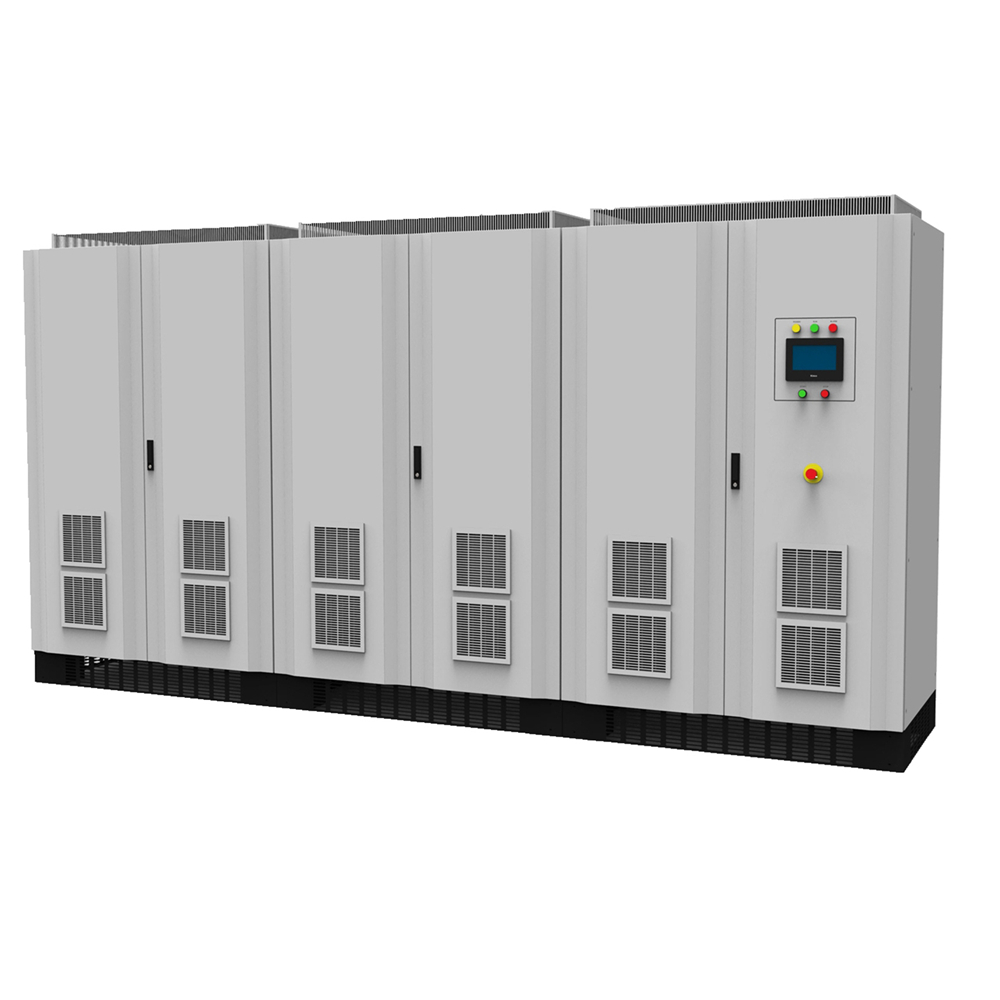In the article titled "Nikkei Technology Online: Insights from Tang Shanglong on 2015 Electronics Trends and 2016 Outlook," Tang Shanglong, director of the Japan Microfabrication Research Institute, shares his perspectives as a technical consultant and writer. He answers three key questions about the electronics industry's hot topics in 2015 and emerging trends for 2016.
Tang has extensive experience in semiconductor technology, having worked at companies like Hitachi and Elpida, and later focusing on social science research at Doshisha University in Japan. Currently, he serves as a consultant and contributes to various publications. His notable works include books analyzing the decline of the Japanese semiconductor industry and its broader implications.
**Question 1: What were the most impactful events or trends in 2015?**
Tang highlights the aggressive acquisition strategies by Chinese companies, particularly Ziguang Group, which made headlines with its rapid expansion into the global semiconductor market. The term “tsunami†was used by the Wall Street Journal to describe the scale of these acquisitions, and Tang agrees with this characterization. Ziguang’s acquisitions, including H3C, Micron (though initially rejected), Western Digital, Licheng Technology, and SinoChip, show a clear strategy to dominate the semiconductor sector.
These moves are part of a larger national initiative led by President Xi Jinping, aimed at boosting China’s semiconductor self-sufficiency. In 2014, China accounted for 30% of the global semiconductor market but had only a 12.8% self-sufficiency rate. The National IC Industry Development Promotion Outline set ambitious goals, and a massive fund of approximately 2 trillion yen was established to support this growth.
The ultimate goal is not just economic, but also strategic—ensuring China can manufacture critical components for military and aerospace applications without relying on foreign suppliers. Despite years of investment, China still faces challenges in training skilled technicians, making acquisitions an essential part of its strategy.
**Question 2: What term will no longer be popular in 2016?**
Tang believes that the word “challenge,†once widely used by Toshiba, will fade away. This term was associated with the company’s accounting scandal, where overly ambitious profit targets led to widespread financial fraud. The corporate culture at Toshiba, driven by pressure to meet unrealistic goals, contributed to the false reporting. While “challenge†was once a buzzword, it now symbolizes a failed approach that will likely disappear in 2016.
**Question 3: What term may cause significant trends and concerns in 2016?**
Tang points to China’s growing influence in the semiconductor and LCD industries. With continued investments in factories and acquisitions, China is reshaping the global landscape. Companies like UMC and TSMC are expanding their presence in mainland China, while BOE is building one of the largest LCD panel factories in the world.
These developments signal a shift in power dynamics, as China aims to become a leading player in both semiconductors and display technologies. While some projects may face challenges, the overall trend is clear: China is determined to catch up—and even surpass—its global competitors.
In summary, 2015 was marked by a wave of acquisitions and strategic investments, particularly from China. As 2016 approaches, the focus will shift to how these moves translate into long-term success, and whether the new trends will reshape the global electronics industry.
High Power DC Power Supplies
The MTP series DC Power Supplies are High Power DC power supplies developed by iDealTek-Electronics based on IGBT semiconductor components, adopting AC/DC power processing topology with full-bridge phase-shift soft-switching technology. This series of High-power DC power supplies have the most output models and the widest output range in the company's DC power supply series, from 3KW ~ 30KW integrated in 19-inch standard rack-mounted high-precision DC power supplies to 45KW ~ 2000KW with casters or floor-standing Cabinet type High Power DC power supplies, output voltage up to 2000VDC, output current up to 6000A.


This series of High-power AC - DC power supplies are equipped with a reliable two-stage conversion mechanism drive logic circuit and a fast control loop optimized by iDealTek-Electronics. Which balances the requirements of low output ripple and fast DC output response speed, making this series of High-power switching power supplies can provide high-precision, low ripple, high-stability and High-power DC output with fast response speed feature of the switching power supply. All MTP series DC power supplies are equipped with a short-term 2 times rated current overload capacity (Except for some high-current output models) to cope with the inductive and mixed load's demand for high-current output at the moment of starting.
The full range of MTP series high-power DC power supply adopts digital control circuit. You can set and control the power output through the buttons on the front panel of the power supply (3KW ~ 30KW) or LCD touch screen (45KW ~ 2000KW). The high-precision 4 1/2-digit LED (3KW ~ 30KW) or LCD (45KW ~ 2000KW) provides intuitive, high-precision output display and measurement functions. At the same time, the full range of MTP high-power DC power supplies are equipped with RS485 interfaces as standard, following the MODBUS-RTU international communication protocol, which can realize remote control and operating status monitoring of the power supplies.
At present, this series of High Power DC power supplies are mainly used in Battery charging testing, DC motor testing, Photovoltaic inverter testing, and various cutting-edge applications that require High-power DC output.
High-power DC Power Supplies, High Power AC - DC Supplies, High-power Switching Power Supplies, High-power AC DC Supplies, High-power Power Supplies
Yangzhou IdealTek Electronics Co., Ltd. , https://www.idealtekpower.com

